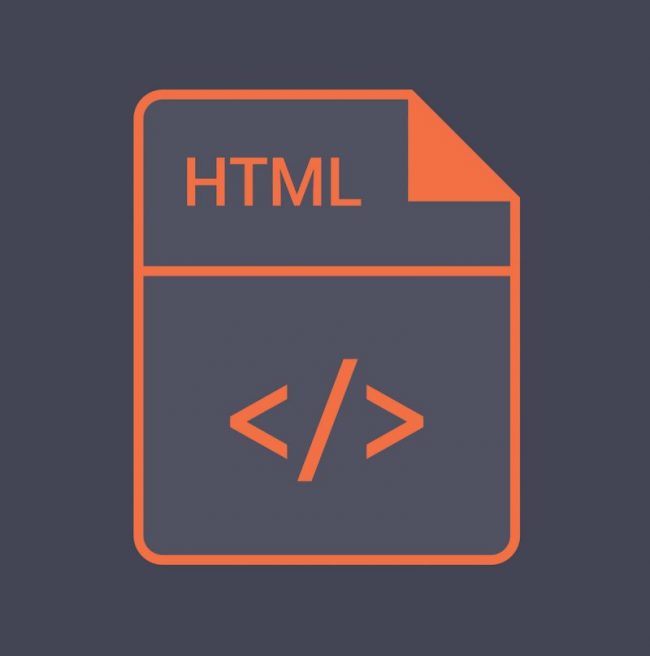What is HyperText Markup Language (HTML)? That is a good question. The simple answer is in the name. It is a markup language. A markup language is used to control the way information is presented. How is that different than scripting languages like javascript or programming languages like C? Scripting languages handle the data gathered or generated by the webpage. Programming languages communicate with the computer hardware like the central processing unit and RAM to tell the computer what to do. HTML tells web browsers how the information on the page is supposed to look.
Two Flavors
There are two versions of HTML in use today, 4.01 and 5. They are similar, but HTML4.01 is almost 20 years old. HTML5 was certified in 2014 and handles the way the Internet is used today much better. Things like multimedia content, geolocation data and client side data are much easier to work with than they were in HTML4.01. It is also easier to understand the raw code in an HTML5 page, so it is easier for other technologies, javascript for example, to parse pages and understand the elements inside them. For a while it was better to use HTML4.01 because many browsers didn’t support HTML5, but most current browsers have integrated HTML5, making it the best choice for web design.
What It Does
HTML was designed with one purpose: To create documents that linked together to more easily integrate, organize and share information. HTML documents can be used on a single computer, but the reason it was created was to share information across networks. Tags are the instructions HTML uses to tell web browsers like Chrome how information should look on the page. They can do very simple things, like formatting text, or more complex things, such as loading content from another source.
How It Works
HTML is used to create pages for people to view across a network. The network can be on an intranet – a network only visible to company employees, for example – or across the Internet for anyone to see. Tags are typed inside angle brackets and are usually in pairs – one opening tag with one closing tag. For example, the comment tags are ‘<!–‘ and ‘–>’ without the single quotes. Comments allow you to explain what you intended to do with your HTML code. A page that follows the complete HTML5 specification would have at least these elements:
<!DOCTYPE html> <!– The DOCTYPE tag tells the browser what kind of document it is –>
<html> <!– This tells the browser to start interpreting HTML tags now –>
<head> <!– Explain the purpose of the document –>
<title>HTML Explanation</title> <!– The title appears at the top of the browser window or in the tab at the top of the window –>
</head> <!– ends the head section of the document –>
<body> <!– The body tags enclose the information that the browser display to the user –>
<h1>Section 1</h1> <!–h1 through h6 are are used for titles and section headings. The largest is h1, the smallest, h6 –>
<p>This is a short paragraph</p> <!– Everything between <p> and </p> will display as a single paragraph –>
</body> <!– The end of the user visible information on the page –>
</html> <!– The end of the html document –>
If you copy that code, save it as an html document and open it in a browser, it looks like this:
How It Is Used
The example above is very basic. HTML is used to create everything from static, text only web pages to fully interactive multimedia experiences. It is combined with other technologies such as javascript, cascading style sheets and Flash to entertain, educate and distract people around the world. Individuals create pages about their passions, companies about their products and celebrities about themselves. What once was a simple language to display text and pictures over networks has grown into a tool capable of displaying information from around the world in real time, whether it is text, graphics or streaming video.
HyperText Markup Language is used everywhere. Whether you want to create a page about yourself and your interests or are looking for an exciting career in web development, learning HTML is an excellent skill to learn, and the basics are relatively easy to pick up.
online marketing | web development | military connectors | hospital injury lawyer | food processing production equipment | hot sauce manufacturing company in canada | replacement windows | barber shop near me | 6-ohda model | zero thc tinctures | maids of honor
